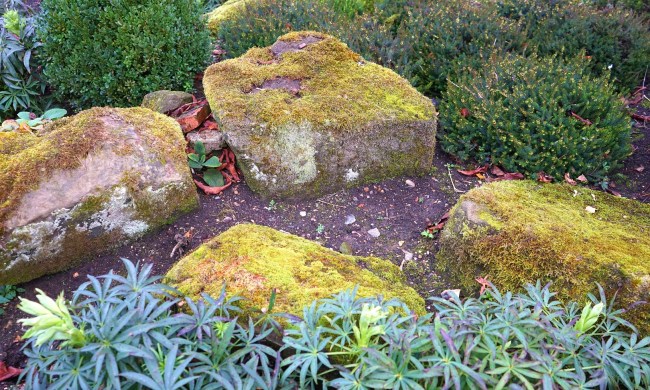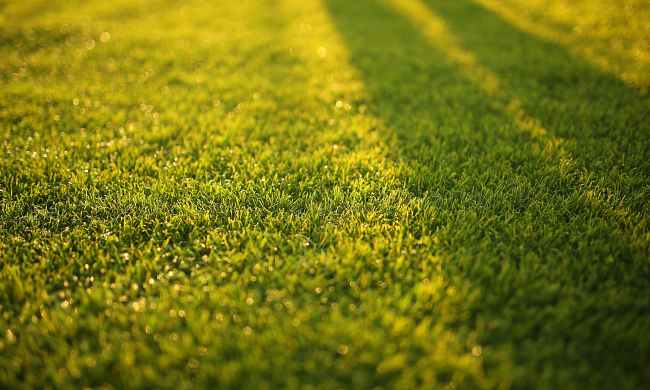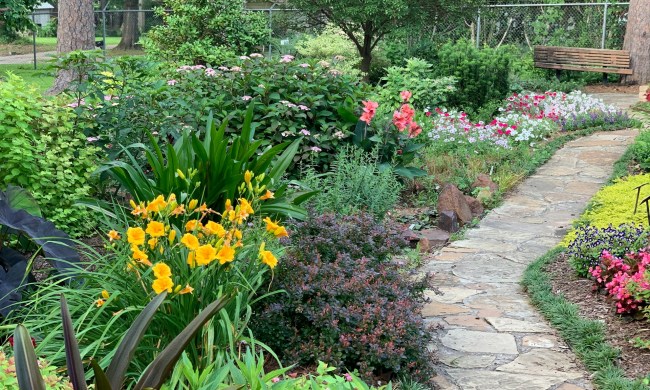Most plants start out as seedlings in seedling-starter trays. These trays keep plantlings away from harsh elements and ensure they’re healthy before being transferred into outdoor garden plots or indoor pots. To ensure your seedlings’ survival, consider our list of the top seedling-starter trays to help you decide on the best choice for your garden.
The best seedling tray depends on what plants you’re propagating and what choice of tray material you prefer. Standard seedling trays don’t have individual cells, but many people prefer cell trays to keep plants separate — it’s up to you.
The average seedling tray is called a 1020 tray because they measure around 10 inches by 20 inches. For tray cells, there are varying sizes from 10 cells to 200. Although seedling-starter trays are typically made of plastic, some trays called peat pots are biodegradable. We’ve researched the best seedling trays there are, so here are our favorite ones.
Bootstrap Farmer Seed Trays
Best Overall
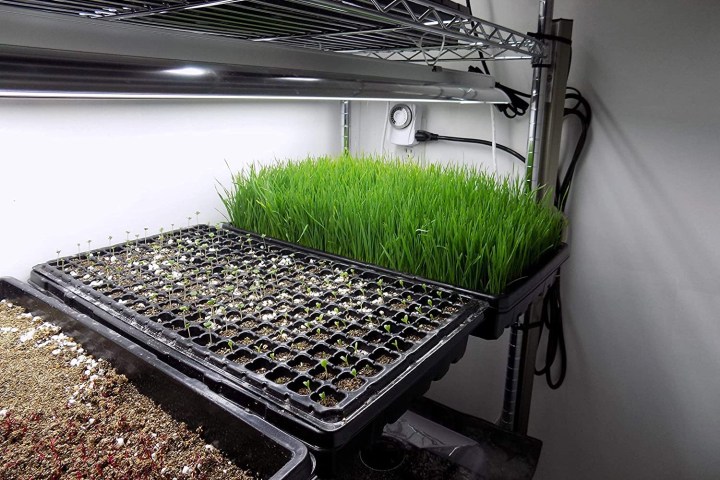
Bootstrap Farmer offers standard 1020 seedling starter trays made of BPA-free and extra-durable plastic. These trays contains no holes and resists leaching to ensure your safety and your plants’ viability. If you need a tray for plants like wheatgrass or fodder that don’t need individual trays, this is your top choice.
MIXC Seedling Starter Tray
Best Humidity Control
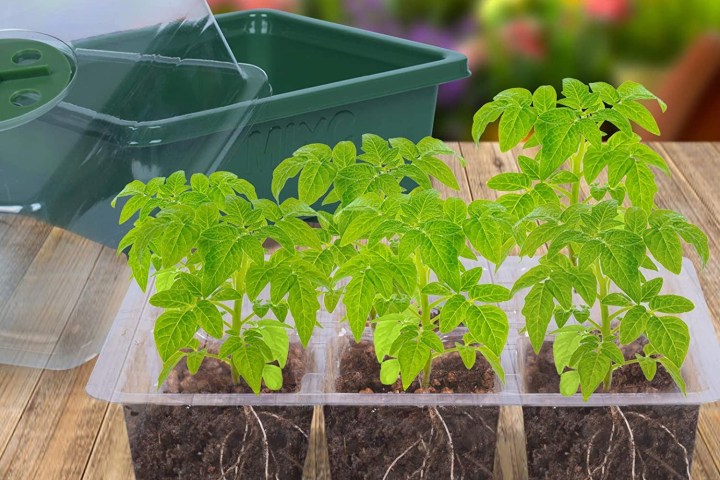
The MIXC Seedling Starter Tray controls humidity, drains soil properly, and is reusable. A transparent top with adjustable vents lets you monitor and control the growth of up to 10 seedlings. For delicate plants that need extra care, this high-quality seedling-starter tray is a great option.
Daniel’s Plants Plantable Seedling Trays
Best biodegradable
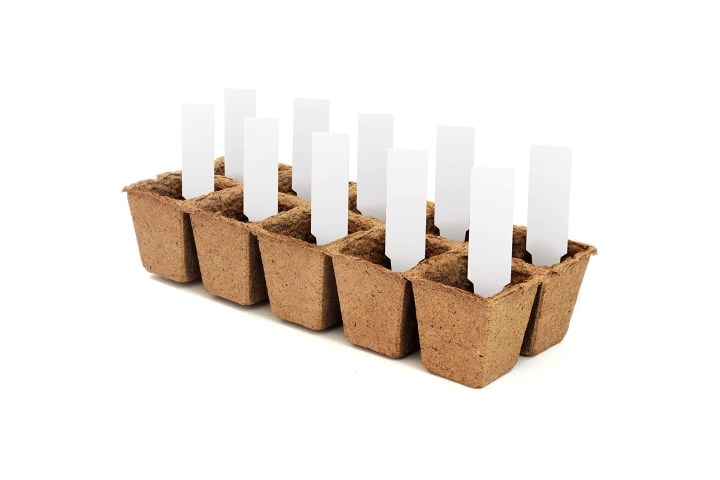
Eliminate transplant shock and plastic waste with Daniel’s Plants Plantable Seedling Trays. The peat pots are made of organic peat, which can be planted directly into the soil after propagation. Each set comes with 100 peat pots, so they are ideal for high-volume gardening.
A seedling-starter tray keeps precious plantlings away from excess sun, rain, and pests. Depending on your seedling, you might choose an open tray or individual cell trays. Furthermore, you might consider humidity-controlled trays or biodegradable trays, depending on your plant’s hardiness and size. Whatever the case, a seedling tray is a great investment to protect your seedlings until they’re ready for repotting.

